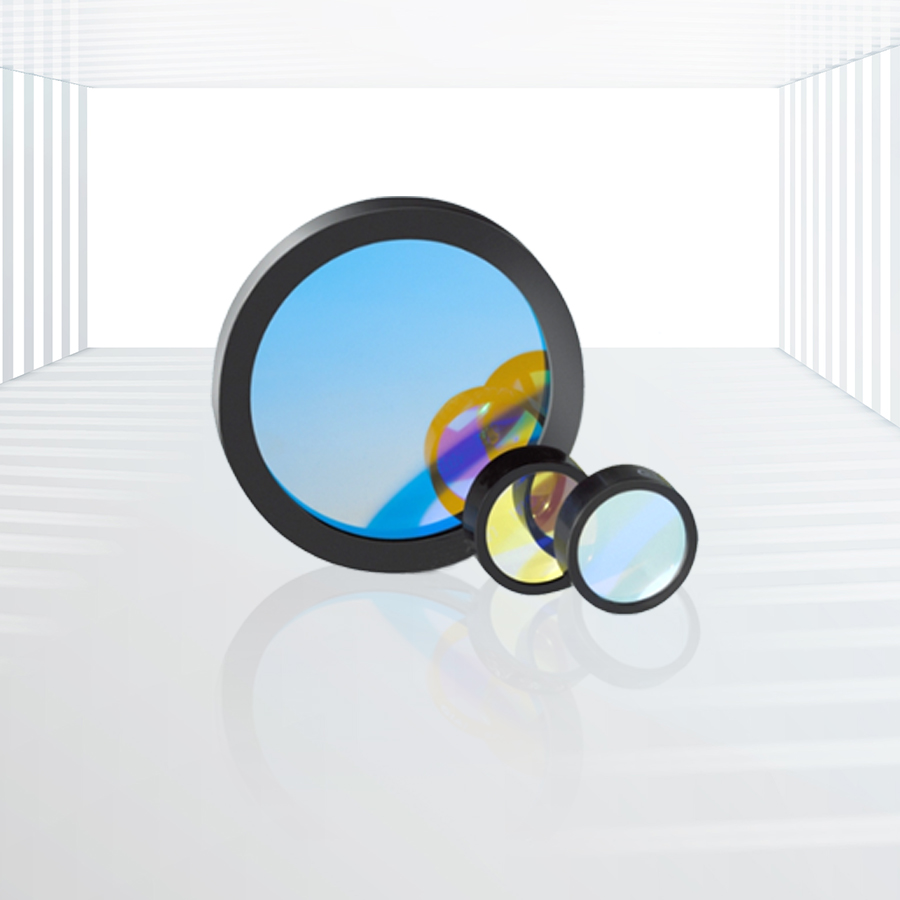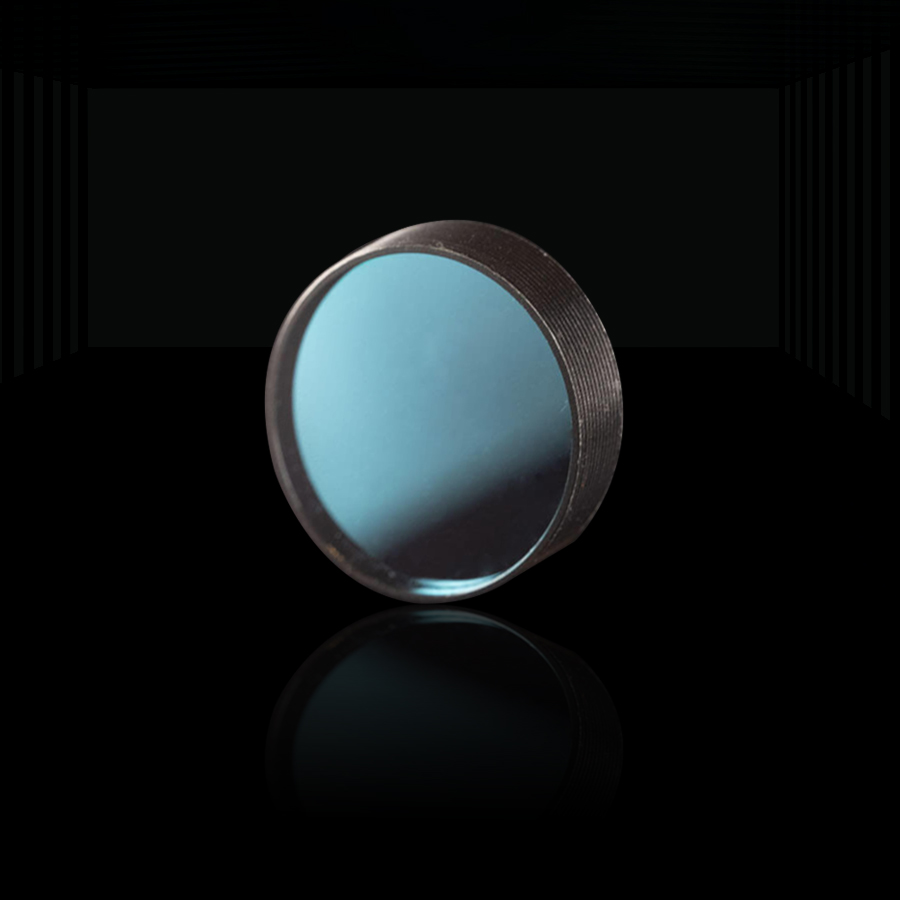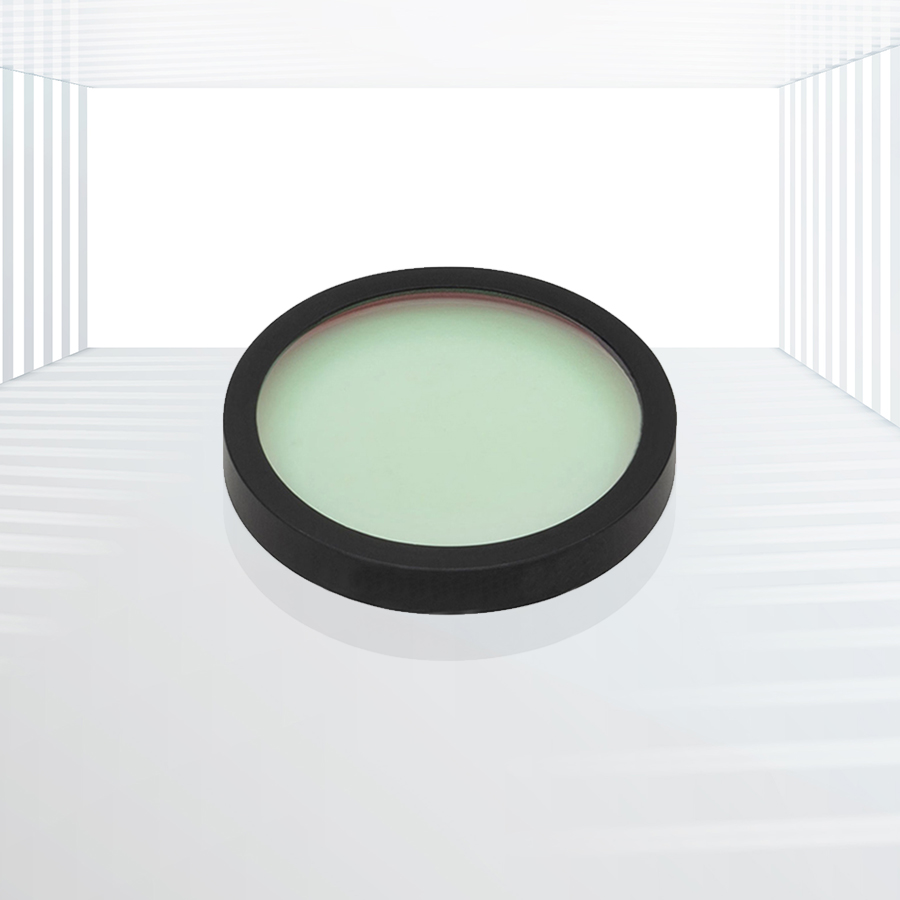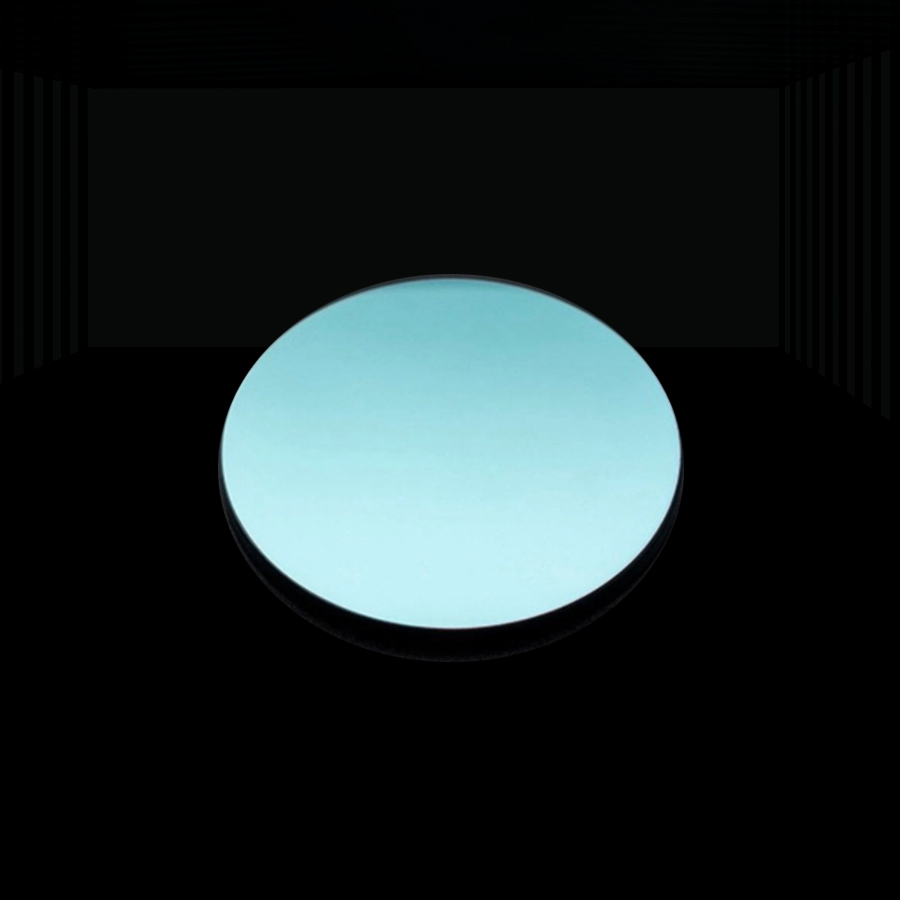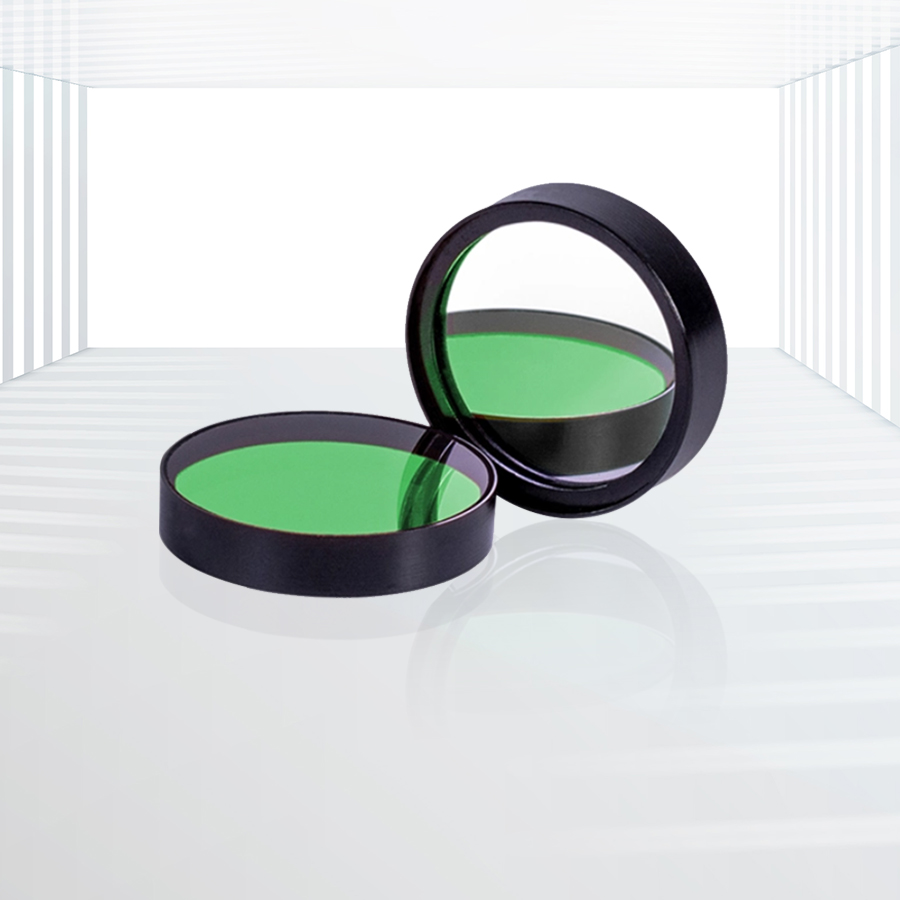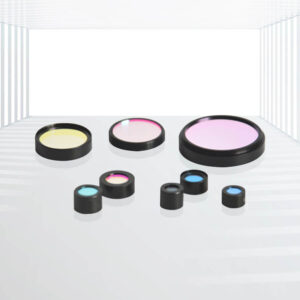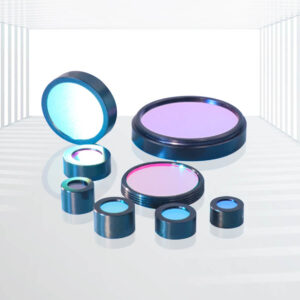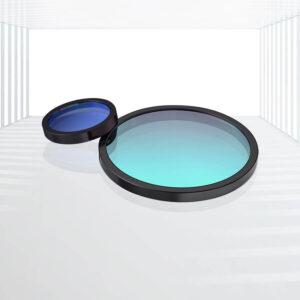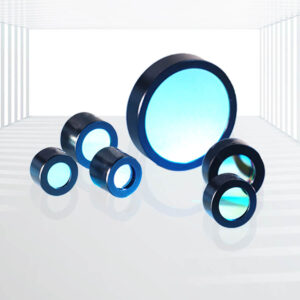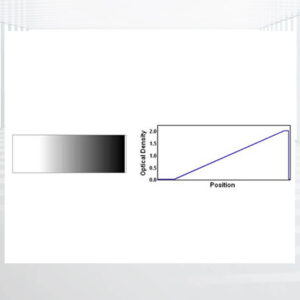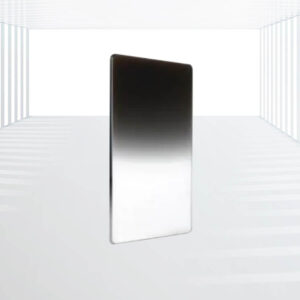Optical Notch Filters
Selective Wavelength Blocking: Notch filters block specific wavelengths of light, creating a “notch” in the transmission spectrum. This selective blocking is crucial for removing unwanted spectral lines or laser wavelengths.
High Transmission Out of Stop Band: They offer high transmission (>90%) outside the blocked wavelength range (stop band), ensuring minimal loss of light in desired spectral regions.
Sharp Transition Slopes: Optical notch filters have sharp transitions between the stop band and the pass band, providing precise spectral control.
Optical Density (OD): This parameter defines the strength of rejection for unwanted wavelengths. Higher OD values indicate stronger rejection capabilities.
Applications: Spectroscopy, Fluorescence Microscopy, Biochemical Analysis, etc.
It seems you’re interested in Optical Notch Filters, also known as Optical Band Stop Filters or Optical Band Reject Filters. These filters are designed to block specific wavelengths of light while allowing others to pass through with minimal attenuation.
Specifications:
| Materials | BK7 or UV Fused Silica |
| Size | customized |
| Optical Density at Rejection Wavelength | OD4 or OD6 |
| Surface Quality | 40/20 S/D |
| Aperture | >90% |
| Transmitted Wavefront Distortion | λ/4@633nm or λ/10@ 633nm |
| Parallelism | <30 arc second |
| High Transmission at Transmission Wavelength Range | >90% or customized |
Key Features:
- Selective Wavelength Blocking: Notch filters block specific wavelengths of light, creating a “notch” in the transmission spectrum. This selective blocking is crucial for removing unwanted spectral lines or laser wavelengths.
- High Transmission Out of Stop Band: They offer high transmission (>90%) outside the blocked wavelength range (stop band), ensuring minimal loss of light in desired spectral regions.
- Sharp Transition Slopes: Optical notch filters have sharp transitions between the stop band and the pass band, providing precise spectral control.
- Optical Density (OD): This parameter defines the strength of rejection for unwanted wavelengths. Higher OD values indicate stronger rejection capabilities.
Applications:
- Spectroscopy: Used to eliminate specific spectral lines or laser wavelengths from the output spectrum, allowing researchers to focus on analyzing target signals.
- Fluorescence Microscopy: Essential for filtering out excitation wavelengths and background fluorescence, enhancing the clarity and contrast of fluorescent samples.
- Biochemical Analysis: In biochemical lasers and sensors, notch filters help in identifying specific chemical compounds by isolating their spectral signatures.
Kingwin Optics’ notch filters cover a wide spectrum, including standard laser line wavelengths and can be customized for UV, visible, and IR applications. They are designed to meet the stringent demands of optical systems where precise spectral control is critical.

